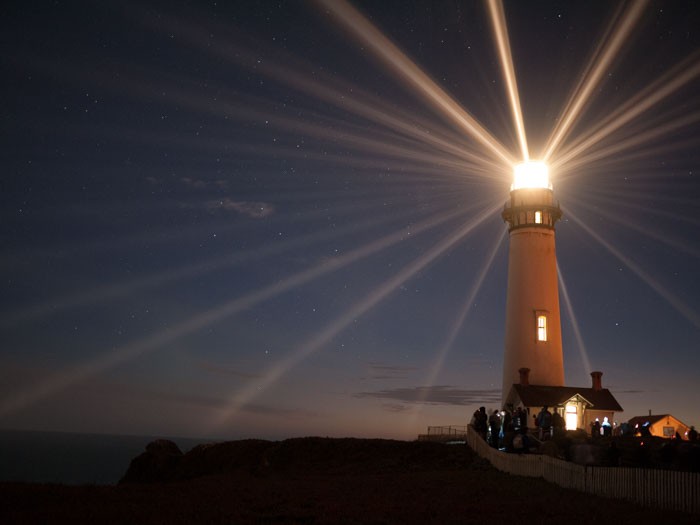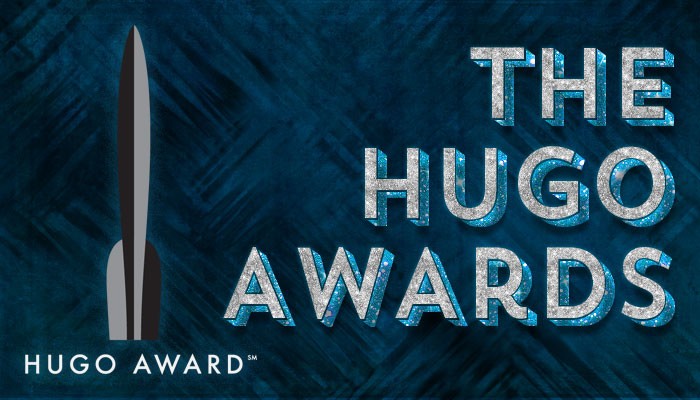Two Takes on Writing for a Living
03 March 2014
First, from Lauren Gallagher/L.A. Witt, a writer who has an impressive number of titles out:
In 2010, with a steadily growing backlist and fan base, my income turned us from sweating over every dollar to being able to go out to a nice dinner (not terribly expensive, just not “fries with that”), and in 2011, the royalties roughly equaled what I’d been making at my previous day job. In 2012, it doubled. In 2013, it doubled again. It’s entirely possible the pattern will continue in 2014.
Another pull quote:
As of right now, Aleks has 32 books on Amazon. Between my two pen names, I have 66. It’s not just novels, either. We both have short stories and novellas, which frequently don’t make it into print except in collections or magazines. Those collections and magazines tend to pay token amounts if at all — contributor’s copies are common — whereas I’ve made over $8,000 from a novella published in 2011. Aleks and I co-wrote a short story that was released last year and has made each of us just under $2,000.
vs. Emily Gould’s “How Much My Novel Cost Me”:
In 2008 I sold a book-in-progress for $200,000 ($170,000 after commission, to be paid in four installments), which still seems to me like a lot of money. At the time, though, it seemed infinite. The resulting book—a “paperback original,” as they’re called—has sold around 8,000 copies, which is about a fifth of what it needed to sell not to be considered a flop. This essentially guarantees that no one will ever pay me that kind of money to write a book again.
Having only one book and having its marketing be at the mercy of a big house’s ad budget is having no Plan B. Lori’s plan B was to write more words. That has been really successful for her—she’s made most of her living writing gay romance and is now making four times her old day job doing it. Granted, it took her a while to wind up, but go look at the titles on her site and count up how many, many words she published.
Note that these two women are talking about publishing in approximately the same timespan, and both are talking different forms of traditional publishing. Most of Lori’s titles are digital first, and many are digital only. She’s self-published a couple of items off her backlist.
As a random geeky aside, I love the fact that the number 8,000 figures in both stories in very different ways. I believe the novella that Lori refers to is this one, which is science fiction (despite the use of the word “vampire” in the description).













